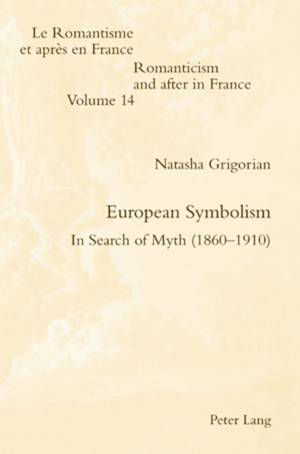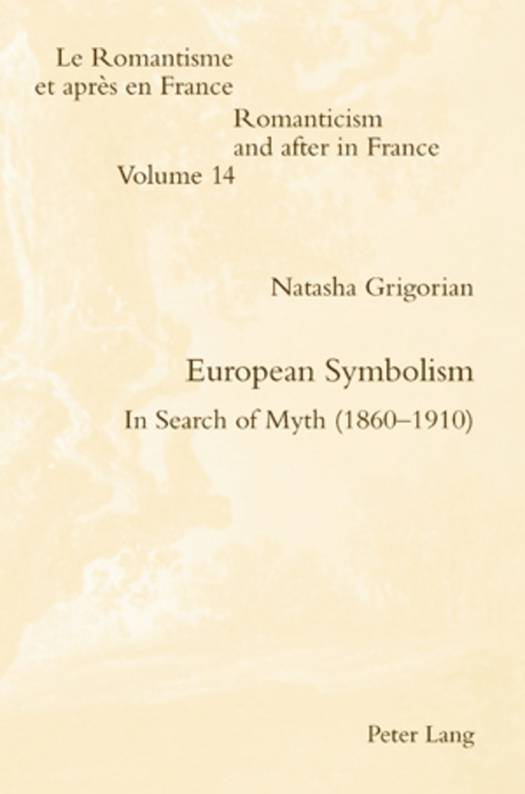
Je cadeautjes zeker op tijd in huis hebben voor de feestdagen? Kom langs in onze winkels en vind het perfecte geschenk!
- Afhalen na 1 uur in een winkel met voorraad
- Gratis thuislevering in België vanaf € 30
- Ruim aanbod met 7 miljoen producten
Je cadeautjes zeker op tijd in huis hebben voor de feestdagen? Kom langs in onze winkels en vind het perfecte geschenk!
- Afhalen na 1 uur in een winkel met voorraad
- Gratis thuislevering in België vanaf € 30
- Ruim aanbod met 7 miljoen producten
Zoeken
Omschrijving
This first comparative study of the Symbolist use of myth in France, Germany, and Russia closely examines a selected range of poetic and pictorial works created between c. 1860 and 1910. The focus of the discussion is on a constellation of five artists, linked by a complex network of influences: Gustave Moreau, José-Maria de Heredia, and Jean Moréas (France); Stefan George (Germany); and Valerii Bryusov (Russia). By analysing myth in painting and poetry, the book gives a new insight into the significance of heroic and aesthetic ideals in late nineteenth- and early twentieth-century European culture. International and interdisciplinary in its comparative approach, the study reassesses the distinction between Symbolism and Decadence by shedding new light on the role of myth within the paradoxical interaction of classical and modernist values in Symbolist art. In the course of the argument, Symbolist mythological art emerges as a significant link between the cultural heritage of classical Greece and the creative agonies of twentieth-century European society. The book will appeal not only to scholars of literature and art, but also to a wider academic public concerned with cross-cultural transaction in Europe.
Specificaties
Betrokkenen
- Auteur(s):
- Uitgeverij:
Inhoud
- Aantal bladzijden:
- 320
- Taal:
- Engels
- Reeks:
- Reeksnummer:
- nr. 14
Eigenschappen
- Productcode (EAN):
- 9783039115310
- Verschijningsdatum:
- 13/07/2009
- Uitvoering:
- Paperback
- Formaat:
- Trade paperback (VS)
- Afmetingen:
- 150 mm x 220 mm
- Gewicht:
- 469 g

Alleen bij Standaard Boekhandel
+ 235 punten op je klantenkaart van Standaard Boekhandel
Beoordelingen
We publiceren alleen reviews die voldoen aan de voorwaarden voor reviews. Bekijk onze voorwaarden voor reviews.









